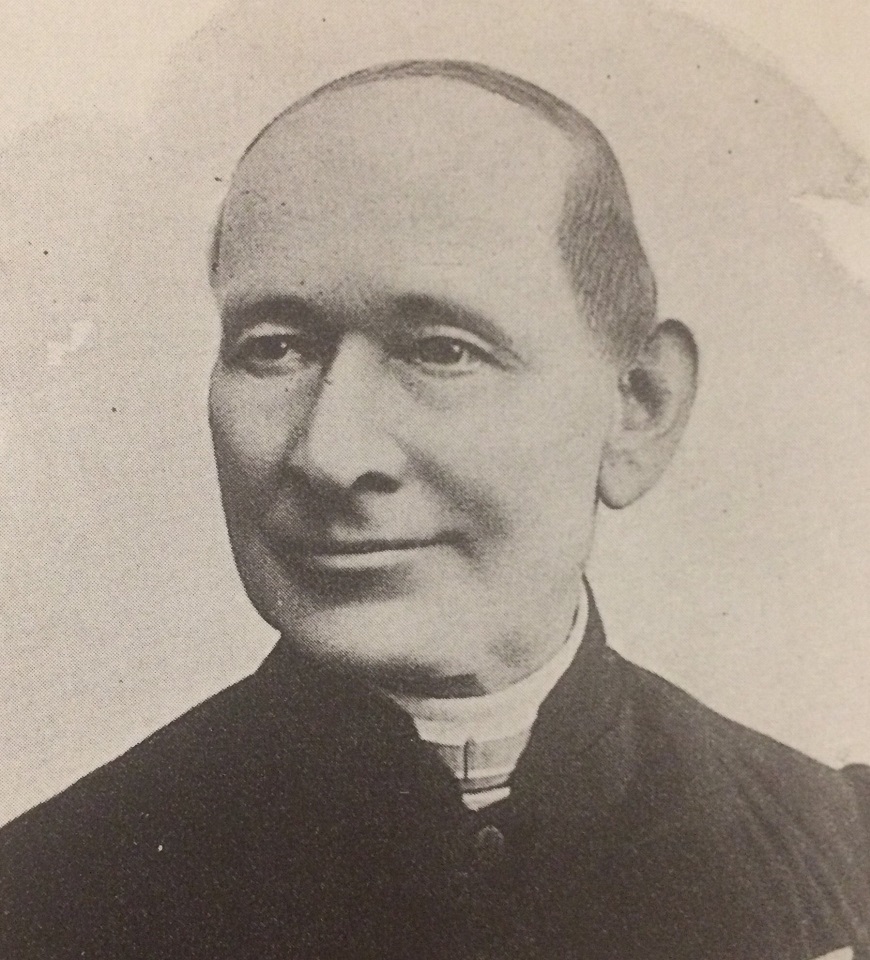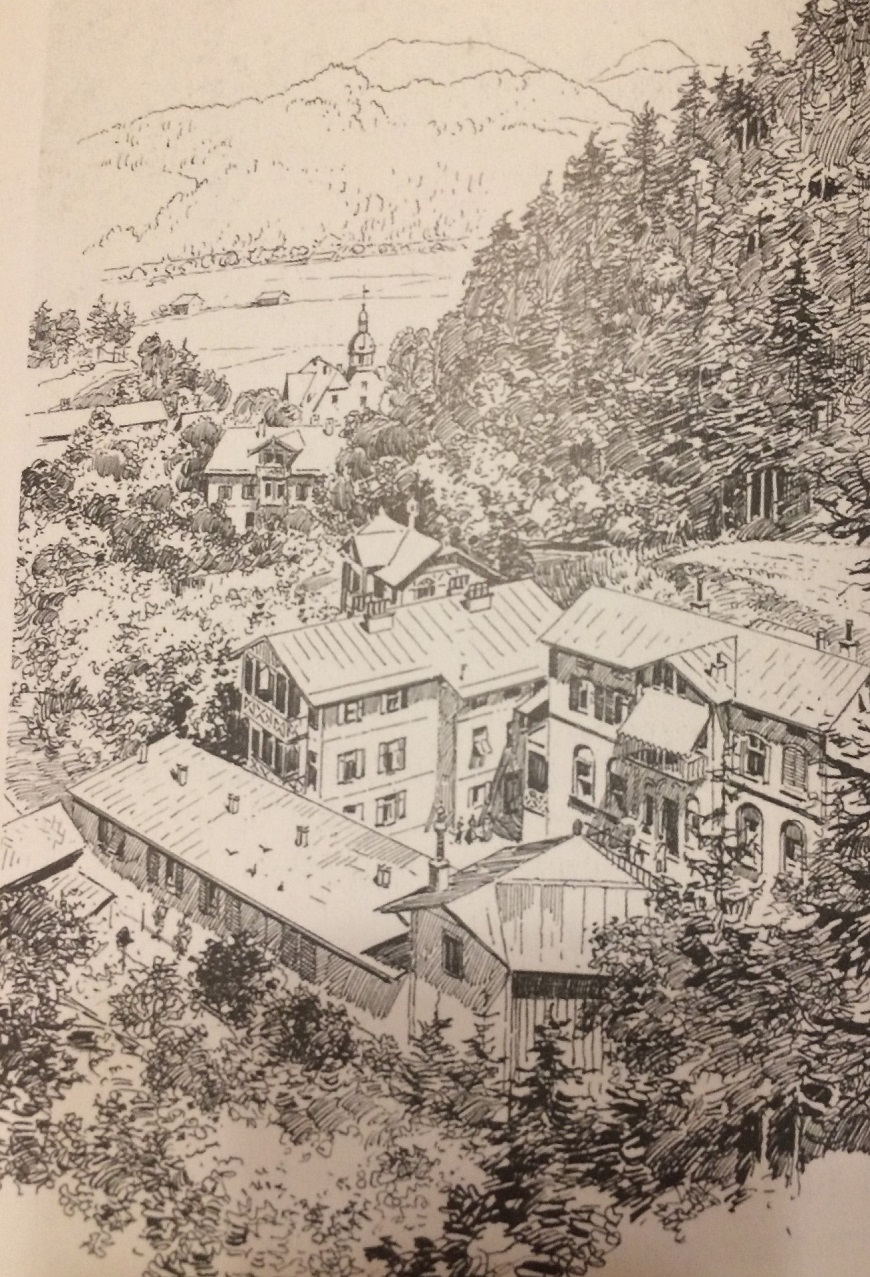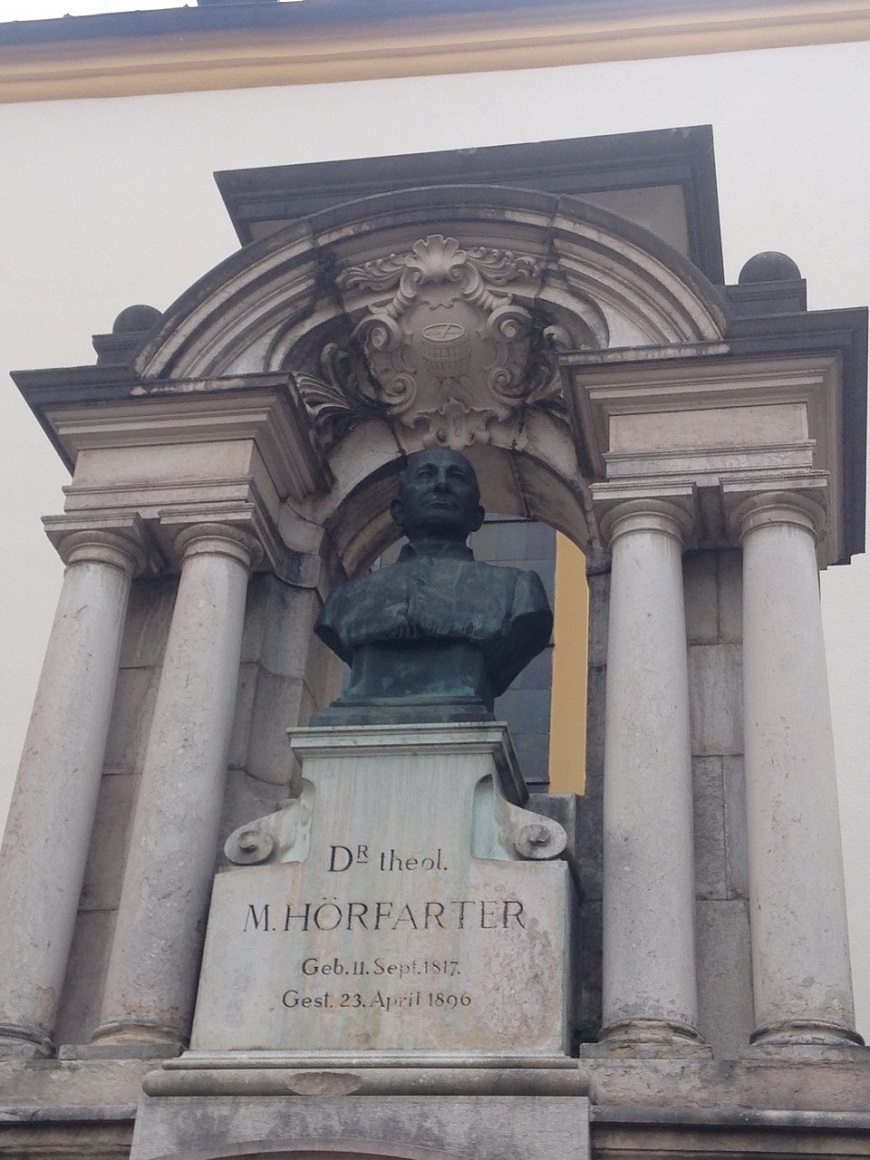A look behind the scenes at the Kaiserlift

Active & nature
A look behind the scenes at the Kaiserlift
At that time people thought, even the acting minister for education, that education for everybody was not advisable. At that time there was just one classroom in Kufstein with 90 pupils and more and one teacher. A branch school was built in the district of Zell in 1803. The people of the district Sparchen applied for their own school already in 1797. The school wasn’t authorized because the proposed teacher, a hermit, did not want to exchange his habit for "civilian clothing." The landowners of Sparchen were allowed to employ and pay for a teacher themselves on the "Kaiserberge and Aichelwang". Since they did not accept this proposal, their eagerness was obviously not as great as had been assumed. (By dividing the room with a wooden wall, an additional grade was established in Kufstein in 1825.)
It was only in 1828 did they get their own second classroom in the town hall. An interesting regulation regarding school hygiene was issued in 1837: "Open the door of the room and the opposite window for a quarter of an hour at the end of the school day. Renew the air by frequently burning of juniper."
From 1852 boys and girls were separated. The 3 girls’ classes were taught by a secular female teacher and two nuns.
He was a sickly farmer's son (Aignerbauer) from Kössen, born on September 11, 1817. Because of his weak, physical constitution, he was not suitable for the "hard farmer’s work". Raised and educated by the Church he was allowed to attend the Franciscan high school in Hall to become a clergyman. After some study detours (studies of theology in Innsbruck and medicine in Vienna) he changed to the seminary in Salzburg, where he was ordained priest in 1843. He completed his first service in Mittersill. In 1850 he took a job as a private tutor for the Prince Löwenstein-Werthheim family in Germany. He lived in Rome in 1852 and 1853 where he obtained his doctorate. In 1853 he was offered a Chair for metaphysics and fundamental theology at Salzburg University. As a great supporter of Anton Günther’s reform philosophy he had to leave this prestigious position after 6 years. In 1859 he took over the far less important office of the parish priest and dean in Kufstein which was a great asset for the town’s urban development. The open minded Hörfarter was exactly the right man at this time.
Hörfarter took over the management and supervision of the school in Kufstein. With the Kufstein mayors Johann Stenzl and Anton Kink he had competent partners at his side. He therefore could start to implement the educational reforms.
With their support he managed to obtain several classrooms in the town hall, employ more teachers and increase their salaries. He taught botany himself, introduced subjects geography and natural history (because of agriculture). Mayor Johann Stenzl taught chemistry and mineralogy. The school was soon well known throughout Tyrol for its high level!
As of 1869 education was again under State control. But the highly appreciated Hörfarter continued teaching religious education and remained adviser and chairman of his elementary school association. He organised training courses and was particularly committed to promote women's education. He was a thoroughly passionate teacher.
Another prestigious project was his kindergarten which he opened on October 7, 1870 in the Wildhaus at Kienbichl, entirely financed by him. He regarded his kindergarten as an institution of pre-school education and not just as a place to deposit children. In 1872 he founded an educational institution for kindergarten teachers and built a house for both institutions. The kindergarten teacher's school (he wrote the curricula) was for a long time the only one in the monarchy of Austria and provided numerous kindergarten start-ups with certified kindergarten teachers. In addition, the superiors sent many nuns for training to Hörfarter’s training centre at Kienbichl.
Between 1860 and 1880 when the number of pupils rose from 189 to 369 in the prosperous town, many classes had to be moved to private homes. Consequently, Hörfarter tried to influence the citizens' committee for a new school building. The first Kufstein school-building at the Upper Town Square was inaugurated on September 29, 1879. Almost at the same time there was a request for a “Unterrealschule”. Once again, it was Hörfarter who did everything to fulfil this requirement. Hörfarter died before the opening of this public school on September 25, 1907. But he would be most happy to see that thanks to his enthusiastic commitment Kufstein has developed into a modern school town.

He also was an outstanding tourism pioneer. During his stay in Salzburg he became an enthusiastic mountaineer. Hardly arrived in Kufstein, he climbed the Sonneck peak in the Wilder Kaiser mountains with a local hunter in 1860 and pushed the installation of climbing and hiking trails. He founded the Alpine Association, Section Kufstein in 1877. As a board member he also led the further exploration of the Kaisergebirge mountains.
Thanks to the travel and hiking books of the authors Ludwig Steub (1812 - 1888) and Heinrich Noe (1835-1896) people became interested in our Tyrolean region. Eager to spend time in the nature people discovered the "summer resort”. With the opening of the first railway between Munich and Innsbruck in 1858, it was easy for city people to visit Kufstein and the fascinating mountain ranges of the “Wilder and Zahmer Kaiser”. Dean Hörfarter was the first in Kufstein to become aware of the economic benefits of the emerging tourism. He founded the club to “improve the appearance of the town” and with his forward looking perspective he also took care of providing new walking paths. Trees and avenues along the town hill and the Kienbichl were planted. Because of his visionary strategy, the bath “Kienbergklamm” was built in 1875/76. Consequently, many prominent tourists visited Kufstein which gained a reputation as a "health resort". This had a very positive effect on its gastronomy. The increasing number of "summer tourists" enabled the modernization of the existing hotel and restaurant business.
On January 24, 1877 Hörfarter and 37 prominent inhabitants founded the Alpine Association Section Kufstein. The task of the Alpine Association was to facilitate exploring the Alps and to increase the knowledge about the mountains in Austria and Germany. Other main objectives were: Educating mountain guides, improving transportation and accommodation, organizing meetings as well as training. Exploring the Wilder Kaiser mountains began already in 1878.
Hörfarter’s memorial for his exemplary work was erected at the foot of the parish church in Kufstein in 1899, three years after his death.

Sources for text and photos:
Franz Biasi "Kufstein - 600 Jahre Stadt 1393-1993"
Hans Treich "Kufstein – Bayerns Glanz – Perle Tirols”
Gebhard Bendler "Wilder Kaiser"

0 Comment (s)
More comments